13 Aug 2024 - {{hitsCtrl.values.hits}}
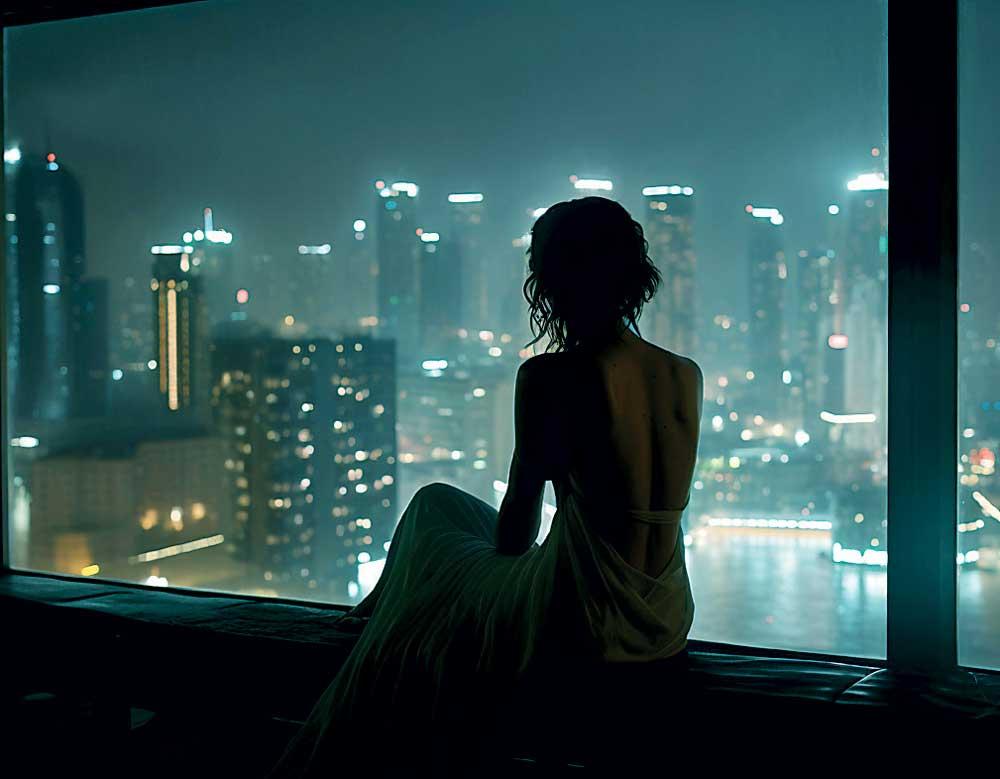
 In recent years, the luxury fashion landscape has undergone a significant transformation. The once-dominant trend of conspicuous logos and overt branding is being replaced by a more understated and refined approach known as “quiet luxury.” This shift is particularly evident among big spenders in Asia, where the demand for subtlety and sophistication is reshaping the industry. This article explores the decline of logos and branding in luxury fashion and delves into the reasons behind the rise of quiet luxury in Asia.
In recent years, the luxury fashion landscape has undergone a significant transformation. The once-dominant trend of conspicuous logos and overt branding is being replaced by a more understated and refined approach known as “quiet luxury.” This shift is particularly evident among big spenders in Asia, where the demand for subtlety and sophistication is reshaping the industry. This article explores the decline of logos and branding in luxury fashion and delves into the reasons behind the rise of quiet luxury in Asia.
The Era of Logo Mania
For decades, luxury fashion was synonymous with bold logos and prominent branding. Brands like Louis Vuitton, Gucci, and Chanel built their empires on instantly recognisable monograms and logos that adorned everything from handbags to clothing. These logos were not just symbols of status but also a way for consumers to showcase their wealth and affiliation with high-end brands.
However, as the luxury market evolved, so did consumer preferences. The once-coveted logos began to lose their appeal, and a new wave of luxury consumers emerged, seeking something different.
|
|
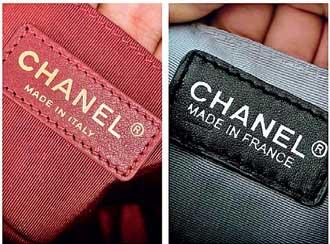 |
The Rise of Quiet Luxury
Quiet luxury, also known as “stealth wealth” or “logo-free fashion,” is characterised by its emphasis on quality, craftsmanship, and timeless design over overt branding. This trend has gained traction among affluent consumers who value understated elegance and exclusivity. Brands like The Row, Loro Piana, and Bottega Veneta have become synonymous with quiet luxury, offering meticulously crafted pieces that speak volumes without shouting their brand names.
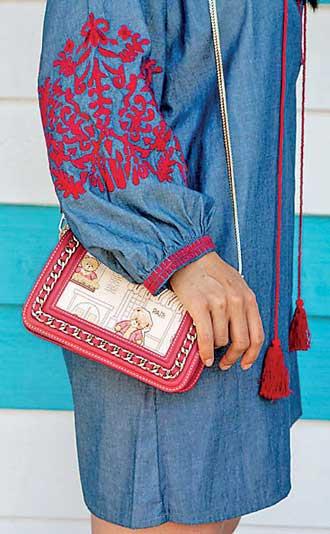 |
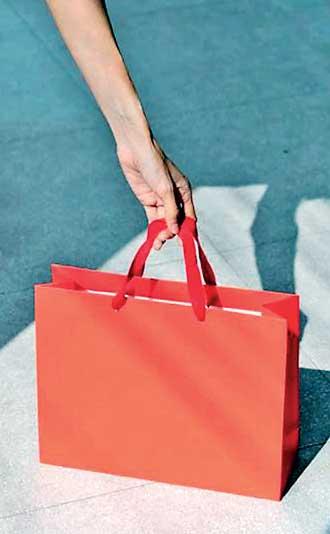 |
Several factors have contributed to the rise of quiet luxury in Asia:
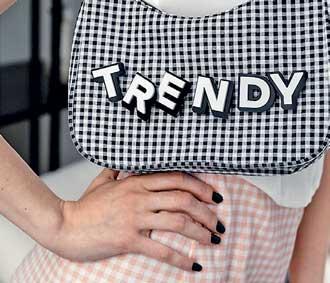 Cultural Shifts: In many Asian cultures, humility and modesty are highly valued traits. The ostentatious display of wealth through logos and branding can be seen as gauche or inappropriate. As a result, affluent consumers in Asia are gravitating towards brands that align with these cultural values, opting for subtlety and sophistication.
Cultural Shifts: In many Asian cultures, humility and modesty are highly valued traits. The ostentatious display of wealth through logos and branding can be seen as gauche or inappropriate. As a result, affluent consumers in Asia are gravitating towards brands that align with these cultural values, opting for subtlety and sophistication.
Influence of Pop Culture: The portrayal of wealthy characters in popular media, such as the HBO series “Succession,” has played a significant role in popularising quiet luxury. Characters in these shows often wear impeccably tailored, logo-free clothing, setting a new standard for what it means to be stylish and wealthy.
Sustainability and Ethical Considerations: Modern luxury consumers are increasingly concerned about sustainability and ethical practices. Brands that prioritise quality over quantity and focus on sustainable production methods are gaining favour. Quiet luxury brands often emphasise their commitment to craftsmanship and sustainability, resonating with environmentally conscious consumers.
Desire for Exclusivity: In a world saturated with mass-produced luxury goods, true exclusivity has become a rare commodity. Quiet luxury offers a sense of exclusivity that logo-heavy brands cannot match. The absence of logos allows consumers to feel like they are part of an exclusive club, known only to those who appreciate the finer details.
Economic Factors: Economic fluctuations and uncertainties have also influenced consumer behaviour. During times of economic instability, consumers tend to gravitate towards timeless, investment-worthy pieces rather than trendy, logo-driven items. Quiet luxury aligns perfectly with this mindset, offering pieces that can be cherished for years to come.

The Impact on Luxury Brands
The shift towards quiet luxury has forced traditional luxury brands to rethink their strategies. Brands that once relied heavily on logos and branding are now exploring more subtle approaches. For example, Burberry has toned down its iconic check pattern, and Gucci has introduced more minimalist designs alongside its signature logo-heavy pieces.
This transition is not without its challenges. Brands must strike a delicate balance between maintaining their identity and adapting to changing consumer preferences. Some brands have successfully navigated this shift, while others are still finding their footing.
The Future of Luxury Fashion
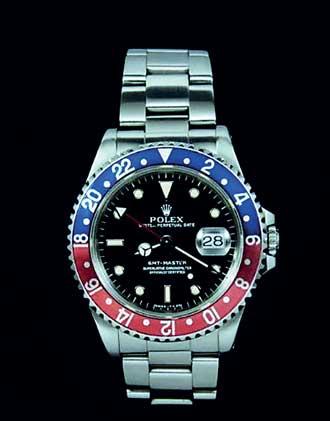 As the demand for quiet luxury continues to grow, it is likely that more brands will embrace this trend. The focus on quality, craftsmanship, and sustainability is not just a passing fad but a reflection of evolving consumer values. Luxury fashion is becoming less about ostentation and more about authenticity and substance.
As the demand for quiet luxury continues to grow, it is likely that more brands will embrace this trend. The focus on quality, craftsmanship, and sustainability is not just a passing fad but a reflection of evolving consumer values. Luxury fashion is becoming less about ostentation and more about authenticity and substance.
In Asia, where cultural values and economic factors play a significant role in shaping consumer behaviour, the rise of quiet luxury is expected to have a lasting impact. Brands that can adapt to these changing preferences and offer products that resonate with the modern luxury consumer will thrive in this new era.
In conclusion, the decline of logos and branding in luxury fashion and the rise of quiet luxury in Asia represent a significant shift in the industry. This trend is driven by cultural values, pop culture influences, sustainability concerns, and a desire for exclusivity. As luxury brands navigate this evolving landscape, those that prioritise quality, craftsmanship, and authenticity will continue to capture the hearts of discerning consumers.
25 Dec 2024 4 hours ago
25 Dec 2024 5 hours ago
25 Dec 2024 5 hours ago